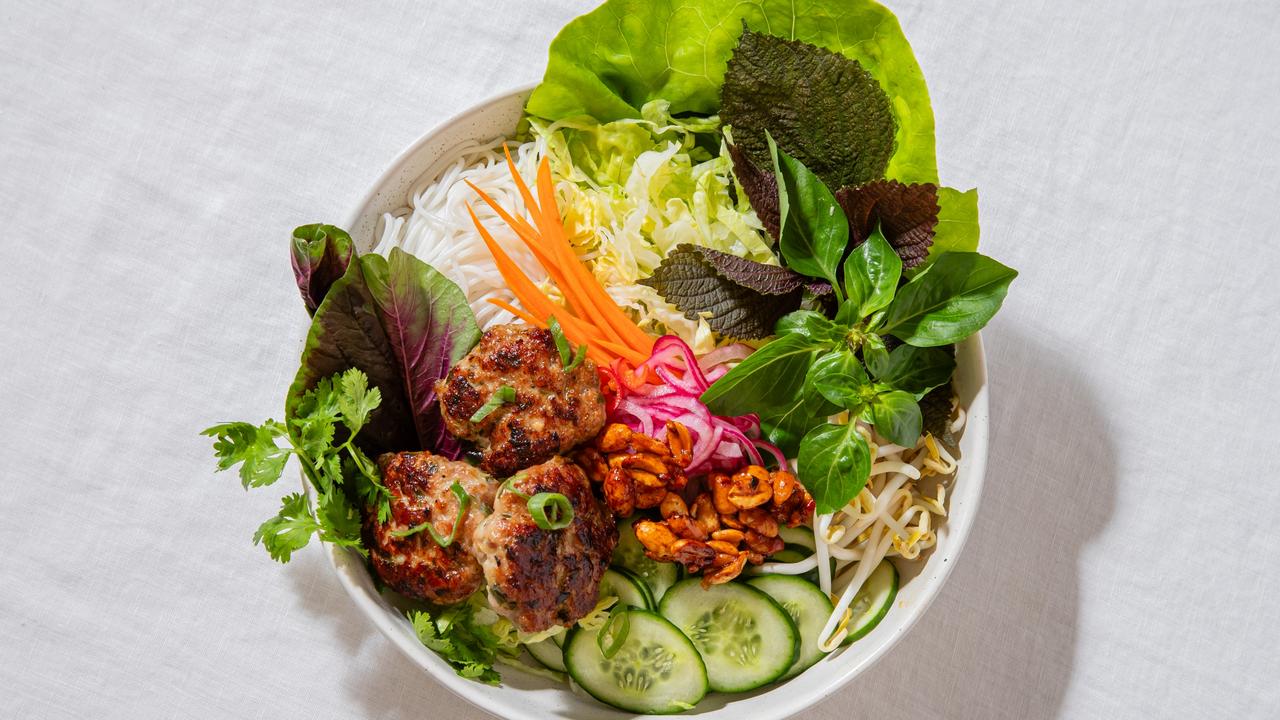These days, grenache old vines are treasured, not trashed
Grenache has every reason to feel bitter about its treatment across countries and centuries. But now, this variety can truly shine.

It’s anthropomorphic to suggest grenache has every reason to feel bitter and twisted about its treatment across countries and centuries. Even Jancis Robinson MW damns grenache with faint praise on page 398 of her masterwork Wine Grapes, describing it as a “very widely planted, long-lived vine making strong, sweetish reds and some successful rosés”. She points out it’s France’s second most widely planted variety with 94,240ha, but doesn’t mention Chateau Rayas, revered by those able to buy it.
In Australia, grenache argued the toss with shiraz as the most important variety until the end of the 1960s, although the word grenache didn’t appear on wine labels until d’Arenberg’s 1967 Shiraz Grenache won seven trophies and 25 gold medals. It was a false dawn, for 90 per cent of Australian wine was fortified, trembling on the edge of an abyss once table wine sales soared with the perfection of the wine cask.
The resultant chronic oversupply of grenache, mourvèdre and shiraz saw the 1985 crush bring Barossa Valley prices of $190 a tonne for grenache, $275 for shiraz and $420 for chardonnay. The South Australian government’s vine-pull scheme was legislated the following year and cabernet sauvignon was used to make sweet sherry, shiraz to make muffins. During these dark ages the aim was to achieve high yields of very ripe grapes destined for fortified winemaking, extracting as much as possible during fermentation.
In 2021 grenache’s average price of $1256 a tonne just beat pinot noir’s $1235 in a photo-finish for highest-priced variety. Old vines are treasured, not trashed; fruit freshness comes from earlier picking and whole bunch/whole berry ferments; vibrant bouquets are de rigueur. Silent Noise won five trophies at the 2021 McLaren Vale Wine Show and was runner-up in the Shiraz Challenge, made with no oak. The prices are mouth-watering.
2021 Main & Cherry McLaren Vale Grenache
Sourced from old, dry-grown vines in Blewitt Springs; hand-picked, wild yeast fermented and basket-pressed before a brief stay in used French oak. Neither fined nor filtered; gloriously spicy red fruits create the same magic as young, high-quality pinot noir. Truly delectable. 13.9% alc, screwcap 96 points, drink to 2026, $32
2021 Silent Noise MF McLaren Vale Grenache
The clear glass bottle highlights the vivid magenta hue of a wine that has more complexity and texture than its siblings. It has a neatly judged touch of nougat that stops short of confection, but provides a tactile play in the mouth that draws you back again and again. The fruit is from 56-year-old vines. 14% alc, screwcap 96 points, drink to 2025, $35
2020 Krondorf Founder’s View Barossa Grenache
Stood up proudly to the instant charm of the top 2021 wines in the Challenge, with greater intensity and length to its suite of red fruits. It also cleverly introduces a subtle contribution of French oak which reinforces the notion that it will grow with further time. 14.5% alc, screwcap 96 points, drink to 2030, $25


